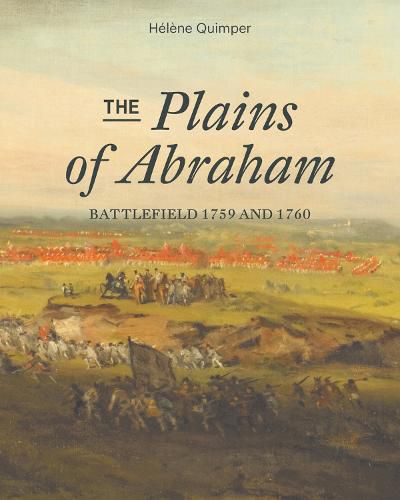Readings Newsletter
Become a Readings Member to make your shopping experience even easier.
Sign in or sign up for free!
You’re not far away from qualifying for FREE standard shipping within Australia
You’ve qualified for FREE standard shipping within Australia
The cart is loading…






The fate of North America was sealed on the Plains of Abraham. France and England, historical enemies, faced off in September 1759 Quebec. France controlled large swaths of North America in three colonies with some 80,000 people of European and mixed origin; England’s influence was limited to the much more populous Thirteen Colonies. The story of that battle began as tensions increased in early 18th-Century Europe, as France lost Acadia in 1713, followed by the deportation of the Acadians in 1755 and the siege of Louisbourg, the entry way to the Capital of New France. There was also conflict in 1753 in Ohio between English/American troops led by George Washington and Canadien and French troops, and the Jumonville Afffair in 1754. New France was of tremendous strategic interest for France. Its forces included a standing army, a militia raised among the Canadiens and many allied Indigenous nations. The English had naval superiority and could count on more numerous troops raised from the Thirteen Colonies. In this beautifully illustrated album, new light is cast on that decisive battle and on the second but little known battle of 1760, and their legacy.
$9.00 standard shipping within Australia
FREE standard shipping within Australia for orders over $100.00
Express & International shipping calculated at checkout
The fate of North America was sealed on the Plains of Abraham. France and England, historical enemies, faced off in September 1759 Quebec. France controlled large swaths of North America in three colonies with some 80,000 people of European and mixed origin; England’s influence was limited to the much more populous Thirteen Colonies. The story of that battle began as tensions increased in early 18th-Century Europe, as France lost Acadia in 1713, followed by the deportation of the Acadians in 1755 and the siege of Louisbourg, the entry way to the Capital of New France. There was also conflict in 1753 in Ohio between English/American troops led by George Washington and Canadien and French troops, and the Jumonville Afffair in 1754. New France was of tremendous strategic interest for France. Its forces included a standing army, a militia raised among the Canadiens and many allied Indigenous nations. The English had naval superiority and could count on more numerous troops raised from the Thirteen Colonies. In this beautifully illustrated album, new light is cast on that decisive battle and on the second but little known battle of 1760, and their legacy.